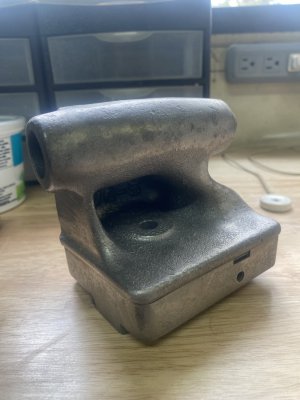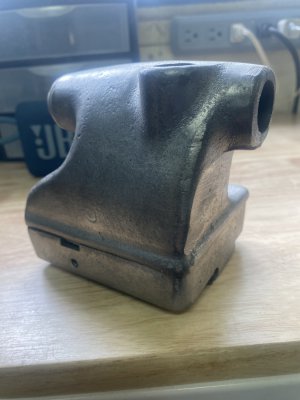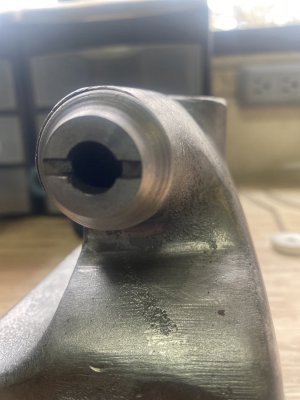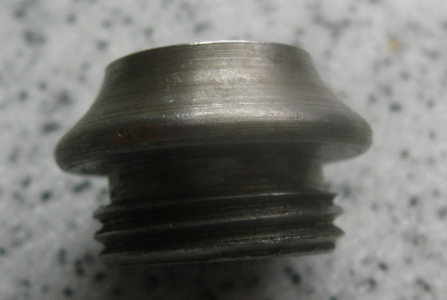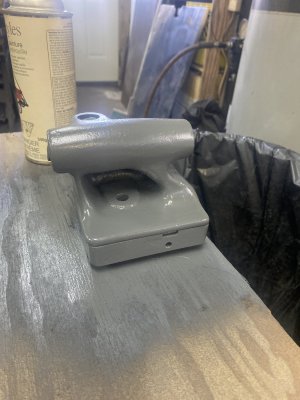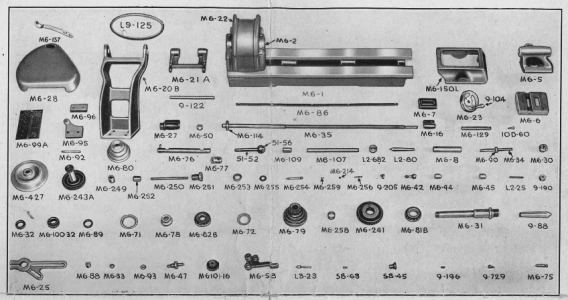No idea on the age. The Atlas made Craftsman 6x18" lathes have some easily spotted features to help date them into very early (1936-37), mid production (1938-1958) and late (1959-74) models. The Atlas 618 by comparison had very minor changes over the nearly 40 years it was in production.
If yours was used for wartime production, that would be a neat bit of history to own.
Looks like it needs a bit of cleaning but decent shape, and a nice collection of goodies to go with it.
Thank you for the information. I was actually shocked at the size of this lathe when I went to look at it. In the photos it looked much larger. It was listed as only a metal lathe. I sent the link to my brother and right away he messaged back saying it’s an Atlas lathe. Do you think the light is an original option for this lathe?
I like the light. I don't know if it is original Atlas, but it certainly looks period correct for 1940-50s.
These suffer from the issues of all small lathes. They are small lathes, so limited to small parts and they have struggles with rigidity, so need to take little bites.
On the plus side, they are basically just a scaled down version of the Atlas 10" lathes. These were not just marketed as a garage toy, even if that is the life many lived. Unlike a lot of small lathes which have limited accessories, these got all the same features as Atlas's bigger lathes except for the option of a quick change gear box.
One example showing this difference in intent, is many small lathes like the competing 6x18" Dunlap / Craftsman lathes ceased production after Pearl Harbor, and was not reintroduced until 1948 or 49. The Atlas 618 remained in production throughout the war as a legitimate small machine tool for the war effort, including some wartime only options like a manual turret tailstock.
Something like 30,000 were made over a 35 year period, so that averages to about 857 per year.
You need to be careful distributing numbers evenly, particularly for anything in production during WW2 where numbers either plummet or sky rocket depending on priority to the war effort. The early years were still under the effects of the depression, and the last few years before the "new and improved" model was introduced also likely saw some slump in sale.


